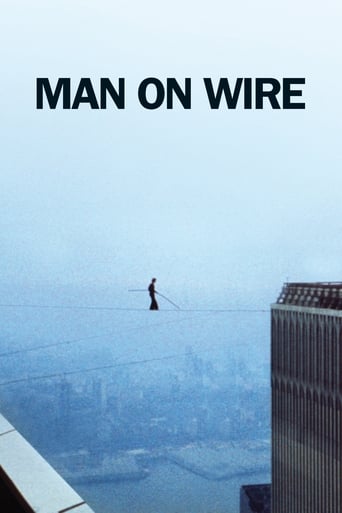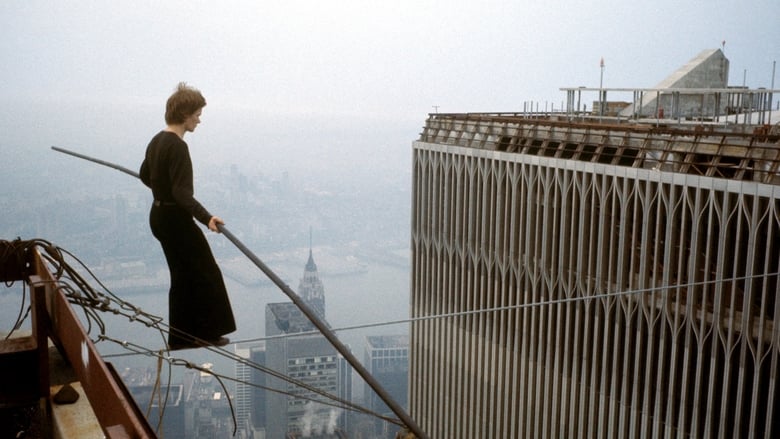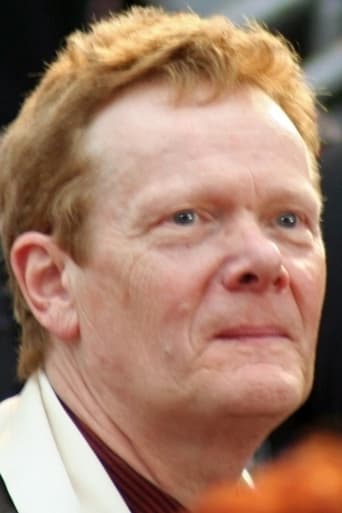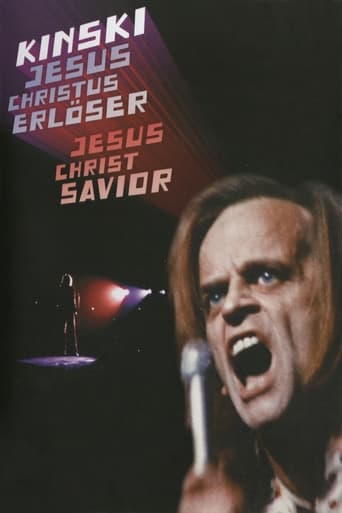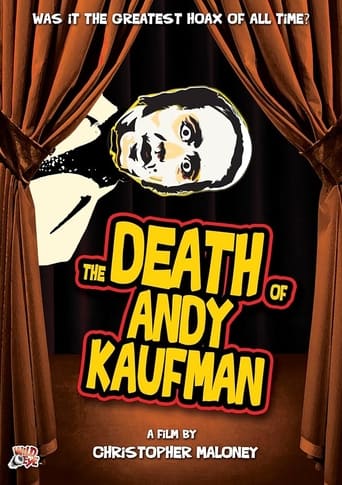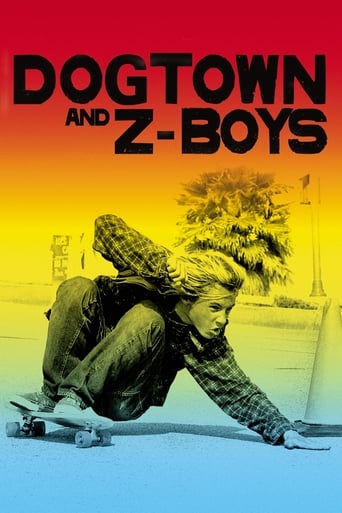Man on Wire (2008)
On August 7th 1974, French tightrope walker Philippe Petit stepped out on a high wire, illegally rigged between New York's World Trade Center twin towers, then the world's tallest buildings. After nearly an hour of performing on the wire, 1,350 feet above the sidewalks of Manhattan, he was arrested. This fun and spellbinding documentary chronicles Philippe Petit's "highest" achievement.
Watch Trailer
Cast


Similar titles
Reviews
It really made me laugh, but for some moments I was tearing up because I could relate so much.
Through painfully honest and emotional moments, the movie becomes irresistibly relatable
One of the film's great tricks is that, for a time, you think it will go down a rabbit hole of unrealistic glorification.
The film never slows down or bores, plunging from one harrowing sequence to the next.
James Marsh's Man On Wire is a marvelous cinematographic moment. Philippe Petit's very first vertiginous step on a steel cable anchored at a height of 1,368 ft (417 m)) transcends the laws of man's commonly acknowledged senses and defies how every one of us experiences existence. It's all about human immensity - It reminds me the first powered flight of the Wright brothers in 1903, but first and foremost it calls to mind Lumière brothers' first public screening of their short films in 1895, hand cranked through a projector. It's the extraordinary talent, the creative touch of filmmaker James Marsh in the making of Man On Wire that breathes new life into Petit's sublime walk in the sky. Despite having recourse to still pictures - a step becomes a walk, a walk becomes a dance, a dance becomes life of on a tightrope. Fine-grained clays, of which this motion-picture is made of, are the restored archival color footage and newsreel material, the captivating black and white photographs, the bright and sighted scenes reenactment, the lively present-day interviews and the perceptive use of music. - "It was a misty day, there was a little bit of air that morning." - "I had to make a decision... of shifting my weight from one foot anchored to the building to the foot anchored on the wire." - "Look a wire-walker! He's walking!" - "Something that I could not resist... called me upon that cable." - "It was so... so beautiful". Once more - It is James Marsh's commitment and profound emotional engagement to moviemaking that makes it possible. It is James Marsh's skill that arranges the polyphonic montage of visuals and voices, and directs their interactions. 7th August 1974, Twin Towers, New York City. Philippe Petit was 24 when he completed Le Coup. Philippe Petit is still with us today - "There is no why."
Interesting, and sometimes even exciting, documentary.The story of Frenchman Philippe Petit's daring tightrope-walk between the two towers of the World Trade Centre in 1974. Shows the backstory - him growing up, his previous escapades (including walking between two pylons of the Sydney Harbour Bridge), the planning of the World Trade Centre event, the setup and finally the execution of the event.Quite exciting. Even though he obviously survived (as he was interviewed for the documentary) you do feel all the tension and danger involved in his feat. Being scared of heights only made me even more anxious... All the planning and setup was intriguing too.With the documentary being made several years after 9/11, all the footage of the World Trade Centre is quite nostalgic.On the downside, I couldn't relate to why he would want to do something like that. Being fairly practical and plus risk-averse (plus, as mentioned before, having a fear of heights), I just could not see why did did it, or does what he does as a profession. In the movie, Philippe Petit tries to explain, as best he could, why he does what he does, and his explanation has some merit, but to me he is just taking unnecessary risks.Whatever his motivations, the movie still makes for enthralling viewing.
Man on Wire tells the story of how Frenchman Phillippe Petit walked between the South and North Towers of the World Trade Center one August day in 1974. He wowed the world for 45 minutes as he danced on wire cable tied between the two buildings. This was not a spur-of- the-moment prank for a small and puckish man who spent many years planning this audacious display of joyful rebelliousness with a little help from his friends and a few strangers. Four-fifths of the documentary, which runs approximately one hour and thirty-five minutes, is spent giving the audience a thumbnail profile of this unicyclist-juggler-wire walker extraordinaire and unraveling the blueprint for his quixotic adventure. The 2008 film is a mix of current talking-head interviews, archival photographs and film footage, home movies, and re-enactments of events before and after the historic walk. After spending the bulk of the movie focusing on the planning, the last twenty-five minutes goes at a fast clip, retelling the minutes before the actual walk, showing the walk itself, and winding up with a short aftermath. Too much footage is spent on prologue and not enough on epilogue. Mr. Petit's story is certainly worthy of a documentary, but one leaves the screen wanting to know more of what has happened to Mr. Petit and his accomplices 34 years after the fact. He still walks wire and talks about the need to break rules, but what has that philosophy reaped him after all these years? During the last part of the film, Mr. Petit and his co-conspirators relate how their stunt almost literally fell through their hands as they were setting up the wiring. "At some point, I gave probably too much cable," Petit says. His helpers chime in and say "We could not hold it . We almost lost the wire." One could say Man on Wire sags up front, is supple in the middle, and too tight at the end.
The movie sure did a great job in coming up with a screen time duration of more than one and a half hours out of this story, which is not really supported with adequate footage. The approach sets the movie way back by telling the background of Phillipe Petit. The thing is, it's strange that the movie consists heavily of interviews and with less dramatization or narration. It makes the movie didn't feel like a movie, but instead more like an expose. Another weird thing to see is that not all the people interviewed has the story-telling instinct as good as Petit himself. His expressiveness brings the whole thing to life, even without enough footage of the feats he's done.

